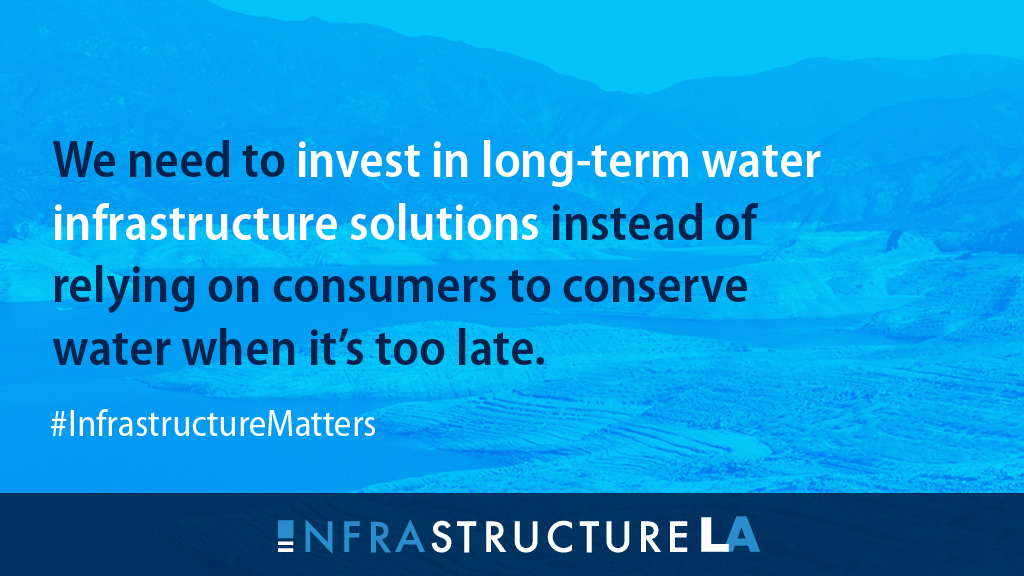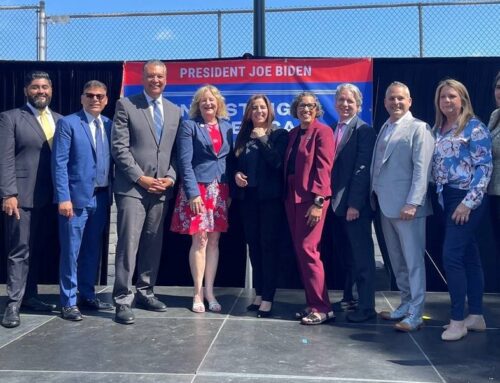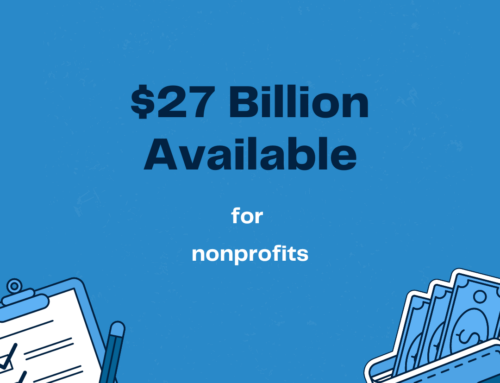The Los Angeles County Flood Control District was established in 1915 after a disastrous regional flood took a heavy toll on lives and property. In addition to flood control, the District’s infrastructure plays a major role in augmenting and protecting local aquifers with storm, recycled, and imported water to maximize resiliency of the region’s local drinking water supplies and mitigate periods of drought. This is especially important today because since October 1, 2020 to date, Los Angeles County has received 5.4 inches of rain–only 35% of the annual average of 15.4 inches per year.
The “Flood” Control District
The Flood Control District encompasses more than 2,700 square miles and approximately 2.1 million land parcels within 6 major watersheds. Its water conservation infrastructure consists of:
- 14 Major Dams: These dams first capture then release storm runoff in a controlled fashion to maximize groundwater recharge downstream.
- 27 Spreading Grounds: These spreading grounds and a system of rubber dams divert flow from the channels into large basins or holds water in soft-bottom sections of the San Gabriel River to percolate. This percolation directly recharges groundwater aquifers and banks local drinking water supplies for future use.
- 3 Seawater Barriers: These seawater barrier facilities use injection wells near the Pacific Coast to locally raise groundwater elevations using recycled and imported water to “push back” on the intrusion of seawater into the local freshwater aquifers.
Despite these efforts, more water conservation infrastructure is needed. Los Angeles County imports 2/3 of its water supply from the Sierra Nevada and Colorado River and these areas also impacted by droughts.
Resiliency is Key to our Survival

The Bipartisan Infrastructure Framework and the $3.5 trillion reconciliation plan currently being debated by Congress could help fund projects that will make LA County be more resilient to droughts and emergencies. Investments must be made on long-term water infrastructure solutions instead of relying on consumers to conserve water when it’s too late.



